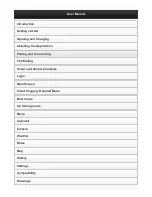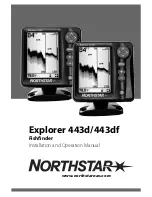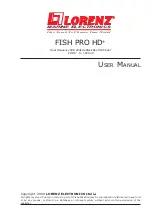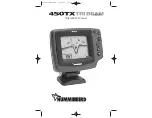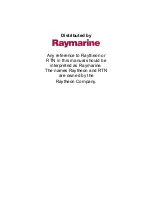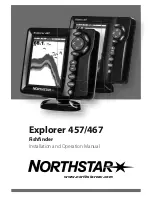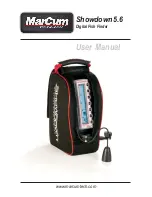
To do so, put it on Deeper
case by aligning the
waterproof marks,
screwing
counterclockwise till it
dips in and then
screwing clockwise.
Close it tightly and keep
in mind the water
marks should align
perfectly as depicted in
the picture.
2. Screw an attachment bolt into a suitable attachment point. When you fish from the
dock, screw it into the middle hole and use the bottom one if you're fishing from the
shore. When using the wrong bolts, Deeper bends in a diagonal position, therefore
causing connectivity issues.
3. Securely attach the fishing line to the inserted attachment bolt.
4. Cast connected gadget to the desired spot.
5. Launch the application and start fish finding.
6. Either reel in your gadget for an overview or keep it stationary for fish monitoring.
Attach your gadget to a sufficiently strong fishing line and use a properly tightened
knot. Also ensure that your fishing pole withstands the weight of Deeper. Otherwise
you are at risk of losing the device, damaging the equipment, someone’s property or
even causing an injury.
When reeling the device, ensure it glides smoothly on top of the water with it’s heavy
side facing towards the bottom as this will result in the most accurate sonar view.
Back to TOP
Sonar operational principles
1. Deeper can be operated at
two different frequencies
(Dual Beam). Precise narrow
beam (15°@290kHz) is used
for high accuracy returns of
fish, structure, detail and
bottom profile. Wide beam
(55°@90kHz) provides ample
search area for fish, bait fish
and bottom structure.
It is best to use low frequency (90 kHz) setting to figure out, where the fish are and
switch to the high frequency (290 kHz) setting to get more accurate information
about fish position and bottom structure.
By default, Deeper is set to high frequency (290 kHz) setting, which is designed for best
performance and longest battery life.

